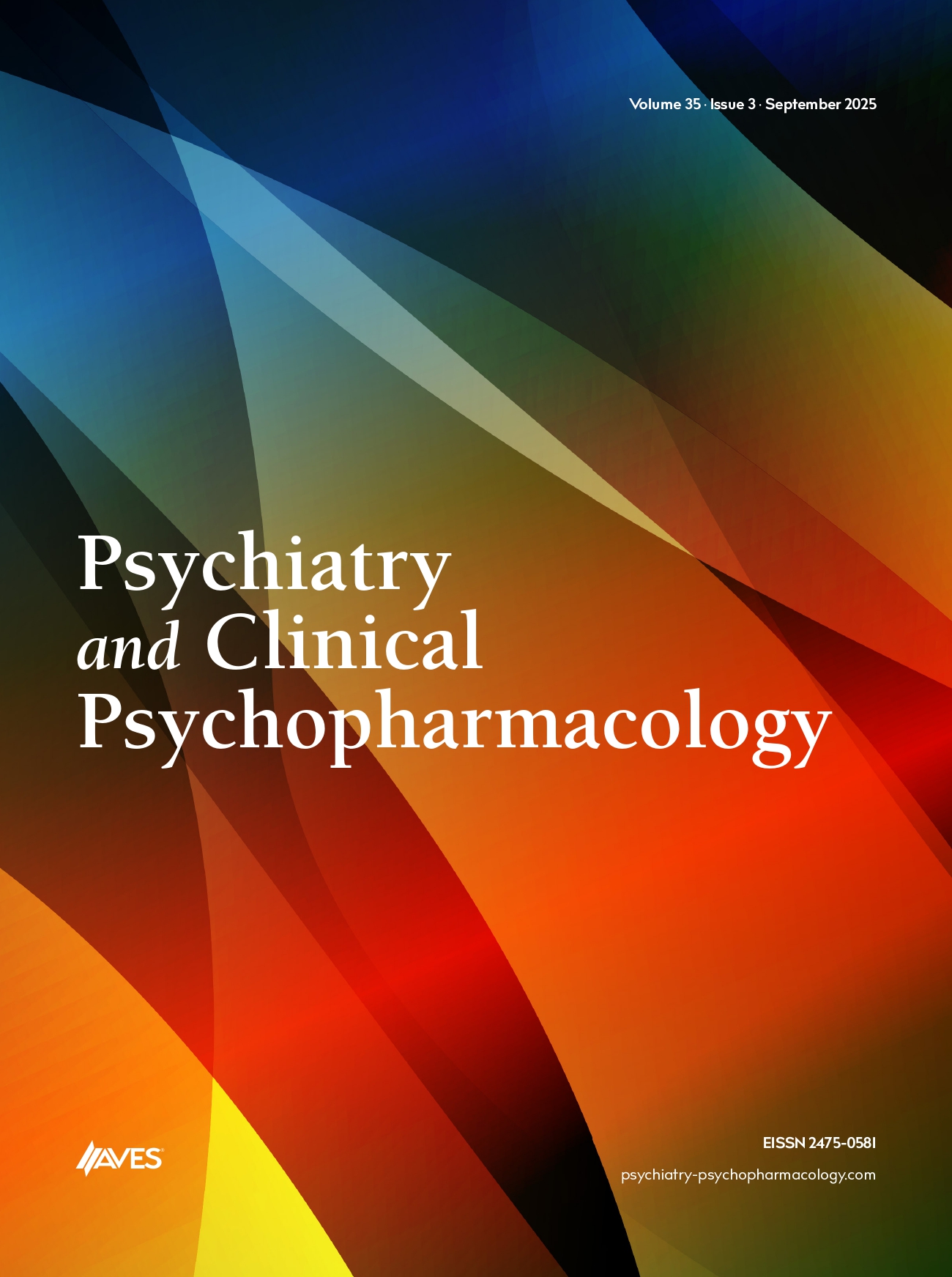Risperidone is an atypical antipsychotic agent widely used in the treatment of schizophrenia, bipolar disorder, and aggressive/self-injurious behaviors. It acts as an antagonist of the serotonin-2A (5-HT2A), dopamine-2 (D2), alfa-1 and alfa-2 adrenergic, and histamine H-1 receptors. The most common side effects of risperidone are extrapyramidal symptoms, dizziness, hyperkinesia, somnolence, and nausea. However, after reviewing the literature on the complications of risperidone therapy, we found few case reports documenting peripheral edema secondary to risperidone pharmacotherapy. Haloperidol is a typical antipsychotic and it acts as an antagonist of muscarinic-1 (M-1), histamine-1 (H-1), alfa-1 adrenergic receptors and dopamine-2 (D2) receptors on mesolimbic pathways, which provides antipsychotic effects, and on nigrostriatal pathways, which is responsible of extrapyramidal side effects such as akathisia, acute dystonia and Parkinsonism. Other common side effects are dizziness, hyperkinesia, somnolence, and nausea. However, after reviewing the literature on the complications of antipsychotic treatment, we found few case reports documenting edematous adverse effects of atypical antipsychotics such as risperidone, olanzapine and clozapine. 65 year-old woman with a 20 years history of schizophrenia was referred to the inpatient ward after a court decision ”to be taken from her house with a police and a doctor for being treated at mental health hospital”. The presenting symptoms were persecutory delusions, and negative symptoms including social withdrawal and anhedonia. She was very angry and excited because of obligatory admission. We administered the patient a low dose of haloperidol treatment (intramuscular) and titrated the dose up to 20 mg daily. On the 5th day, 50 mg risperidone long-acting injection was administered and proceeded once for each 15 days, because of her poor treatment compliance. After 10 days of haloperidol treatment, she complained for edema, and we observed that she has developed 2+ bilateral pretibial edema. She has been consulted by internal disease specialist and nothing was recorded associated with medical conditions like cardiac failure, renal disease, hepatic dysfunction or thyroid disorder. Physical examination and blood investigations (urea and electrolytes, liver function tests, thyroid function tests) were normal. Therefore, we stopped haloperidol and started risperidone. The edema fully resolved in 3 days after haloperidol was stopped. The dose of risperidone was gradually increased to 6 mg/day. Additionally, the edema reoccurred in our case at the second week of the treatment with risperidone oral form. The patient developed2+ bilateral edema of the lower legs, and a periorbital edema. Her oral risperidone was then discontinued, and the edema completely resolved in one week. Her treatment was switched to clozapine, 25 mg/day; we titrated the dose to350 mg/day and she tolerated its titration well. Our patient’s psychotic symptoms gradually improved. 1 month later, she was discharged from the hospital with clozapine 350 mg per day and risperidone consta, 50 mg per 14 days. A large and increasing number of edema cases are reported in recent years due to atypical antipsychotics and it shows that this side effect was not rare as regarded before. More over physicians should pay also attention to typical antipsychotics on the subject of edema just like in our case.


.png)
.png)